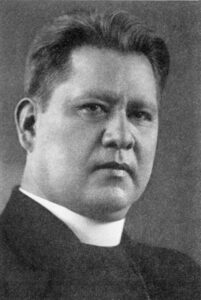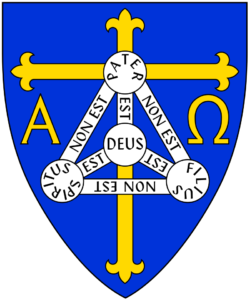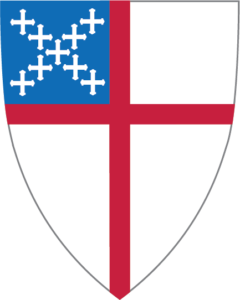As a national church, we are part of a family worldwide; called the Anglican Communion.
We assume the Creed of the Apostles, as a baptism symbol, and the Nicene Creed, as a sufficient declaration of the Christian Faith.
We are a HOLY CHURCH because the Holy Spirit dwells in it by animating it, guiding it and supporting it.
We are a CATHOLIC CHURCH because we follow the Catholic tradition in our worship, which we have inherited since time from our Apostolic Fathers and because our Church is Universal and inclusive, which proclaims all faith to all peoples, until the end of time. Christians of all races, languages, cultures, countries and ideas are Anglicans.
We are an APOSTOLIC CHURCH that has kept in the ordination of its ministers the Apostolic Succession from Jesus Christ and has maintained the Doctrine and Worship from the Primitive Church










